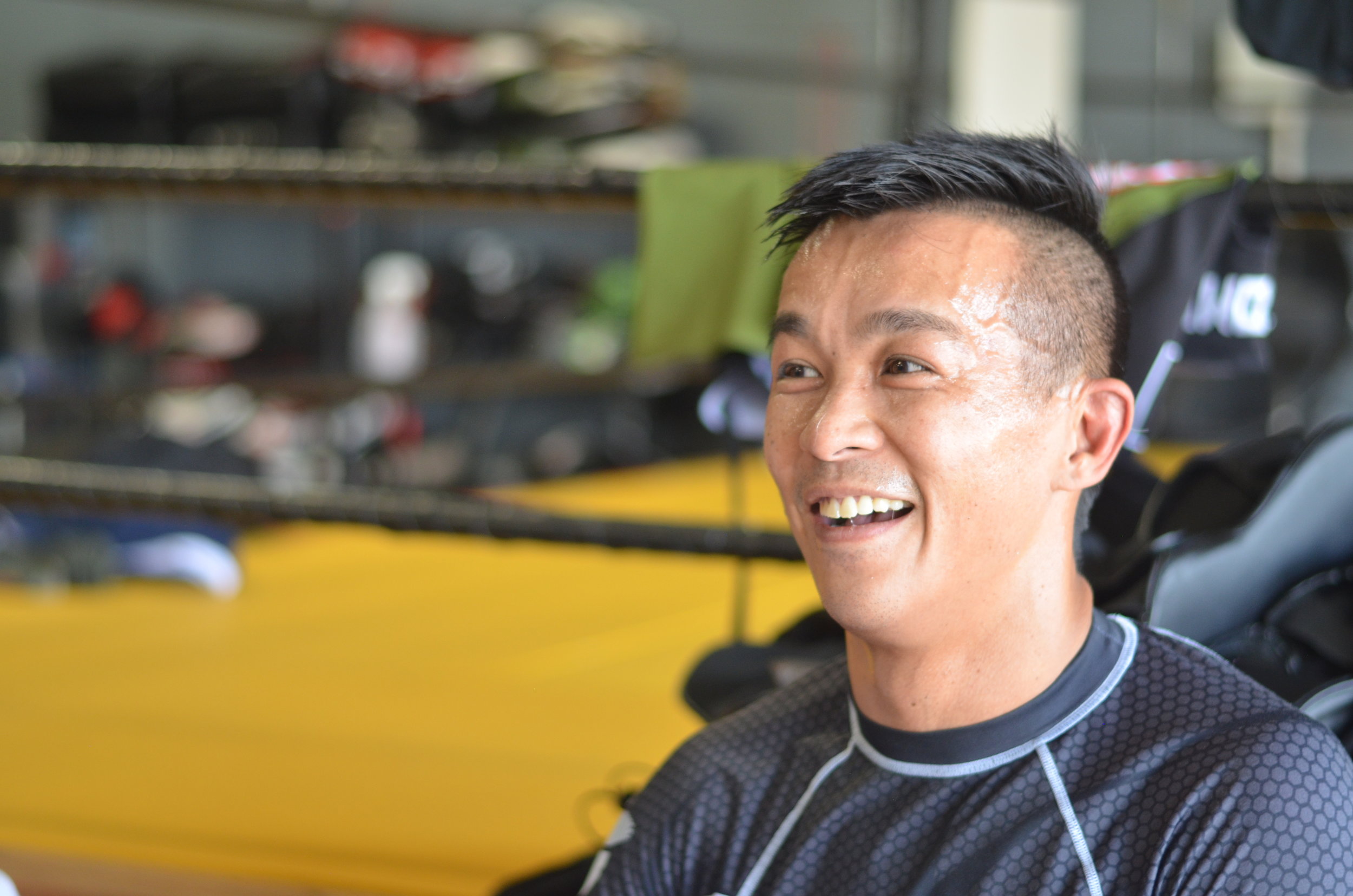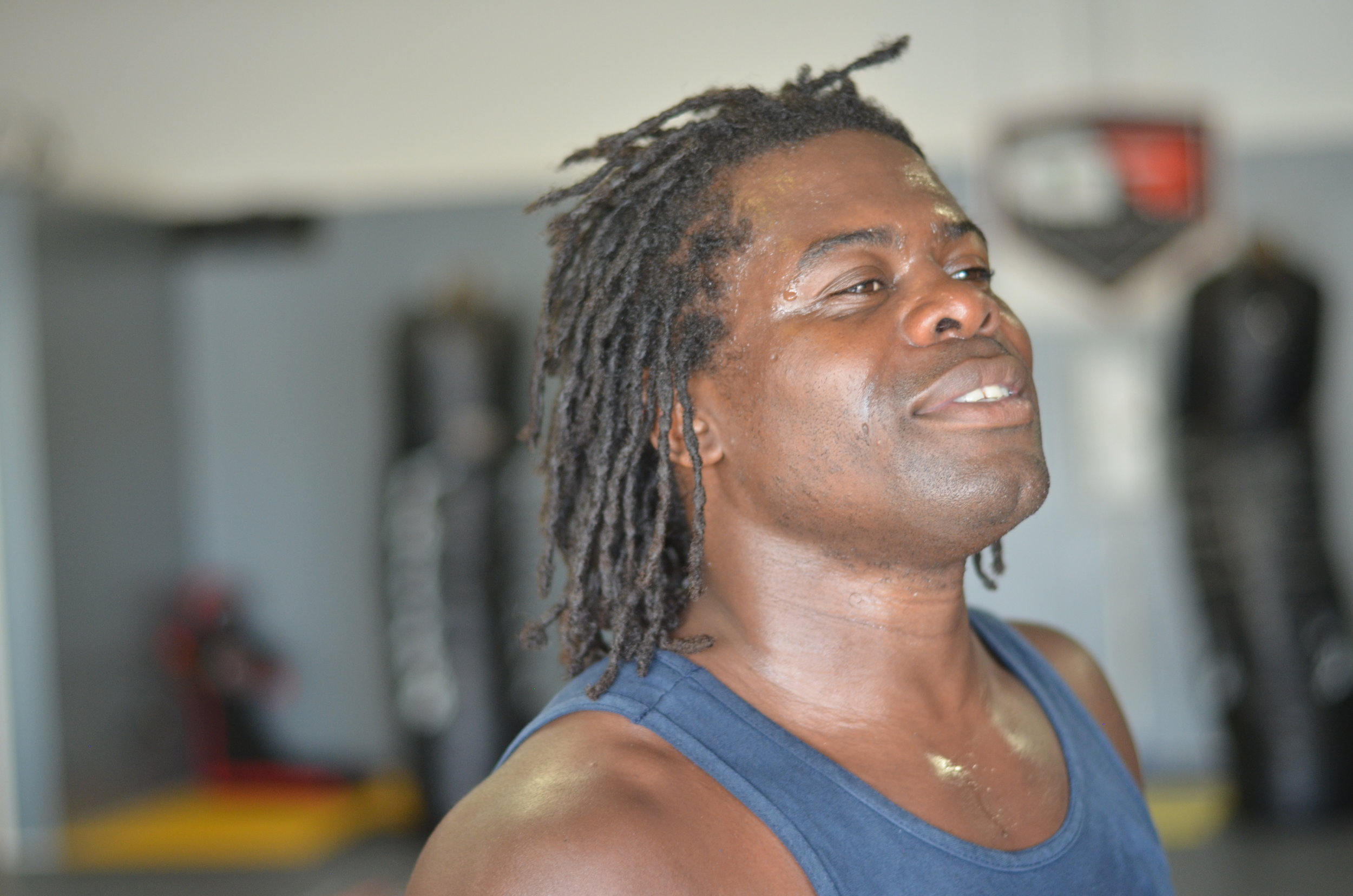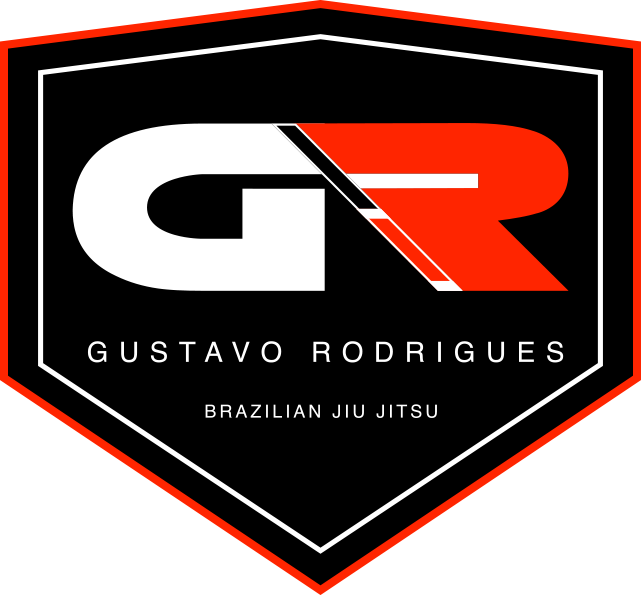A modern marital arts discipline, with ancient roots.
In the world of martial arts today Brazilian Jiu Jitsu (BJJ) sits at the forefront of the conversation as one of the most proven, pragmatic, and effective forms of fighting. The explosion of mixed martial arts as a mainstream sport has deep roots in Brazilian Jiu Jitsu. Yet, unlike traditional martial arts that center around striking and/or kicking, BJJ centers around grappling holds, techniques, chokes, and joint locks aimed towards “submitting” your opponent. The etymology of the word “jiu jitsu” is Japanese: “Jū” meaning “gentle” and “Jutsu” meaning “art” - in other words, “the gentle art.” Ironic, perhaps, to some who have experienced its rigors, yet true. The pressure, flow, and precision of a well-developed jiu jitsu game is smooth, beautiful, and devastatingly effective.
History
The Brazilian style of jiu jitsu resulted from the import of Japanese jiu jitsu and judo to the South American continent in the early 1900s, and its transformation into a new martial art style by a core group of Brazilian pioneers.
Before it arrived to the shores of Brazil, however, the origins of jiu jitsu are believed to go back thousands of years. There are several theories concerning its very first beginnings, but many agree that it can at least be traced back 4,000 years ago, to Buddhist monks in India, who needed to protect themselves during their travels without inflicting harm on their attackers. It then spread to feudal Japan, where it developed into an effective hand-to-hand combat during war, before transitioning to become more of an art form and a competitive activity.
Then in 1915, a world famous Japanese judoka, Mitsuyo Maeda, arrived to Brazil, where he soon began teaching and giving demonstrations in jiu jitsu and judo, which at the time were not seen as separate disciplines. A couple of Maeda’s first students went on to become the founders of what is known as Brazilian Jiu Jitsu: brothers Carlos and Helio Gracie, and Luiz França. Each of these early pioneers contributed to the development of what is today known as Brazilian Jiu Jitsu, by maximizing the effectiveness of existing techniques, creating new ones, and giving rise to a distinct martial art.
It wasn’t long before the Brazilian style of jiu jitsu started to spread to other countries and continents. Brazilian Jiu Jitsu arrived to the United States in the early 1970s, but grew relatively slowly until the 1990s, when the UFC brought mixed martial arts – and Brazilian Jiu Jitsu – to the mainstream public. In 2002, Carlos Gracie, Jr. founded the International Brazilian Jiu-Jitsu Federation, which began holding organized jiu jitsu competitions world-wide. In the last decade, jiu jitsu has boomed, and today, many of the world’s largest and most prestigious tournaments are held in the United States.
All Brazilian jiu jitsu practitioners can trace their “lineage” back to one of the founding members. Professor Gustavo Rodrigues’ can be traced back to Carlos Gracie.
Why BJJ Today?
More than just a workout, jiu jitsu is often referred to as “human chess” in that it exercises both the body and the mind.
The physical benefits of jiu jitsu are immense and well-documented. Because jiu jitsu presents a combination of dynamic and explosive movements with pressure-based isometric pushing, pulling, and holding, it helps to develop increased strength and cardio, as well as promotes weight loss and improved muscle tone. Because you’re constantly responding to another person’s movements, jiu jitsu also heightens your body awareness and improves your balance and reactive ability.
Jiu jitsu is also an incredible mental workout. For one, it provides the challenge of learning a new activity, with limitless variations of movements, techniques and submissions. It also develops your reasoning skills, in that you are constantly planning your next step, both when you’re in an advantageous position or a defensive position. As an activity practiced with another person, it increases your ability think quickly and “on your feet” in response to your partner’s movements, as well as to remain calm and controlled when you find yourself in a defensive situation.
For many, it also provides an outlet for the stresses of daily life. When you step on the mat, everything else is put to the side for a moment, while both your mind and body are engaged in learning jiu jitsu.
Most importantly, unlike many other sports and physical activities, jiu jitsu is unique in that it can be done by anyone. Jiu Jitsu was designed and developed so that a smaller, weaker person can defend his or herself against, or even defeat, a larger and stronger opponent. So regardless of age, size, gender or physical limitation, any person can utilize the techniques and principals of jiu jitsu, and reap the benefits of its practice.






